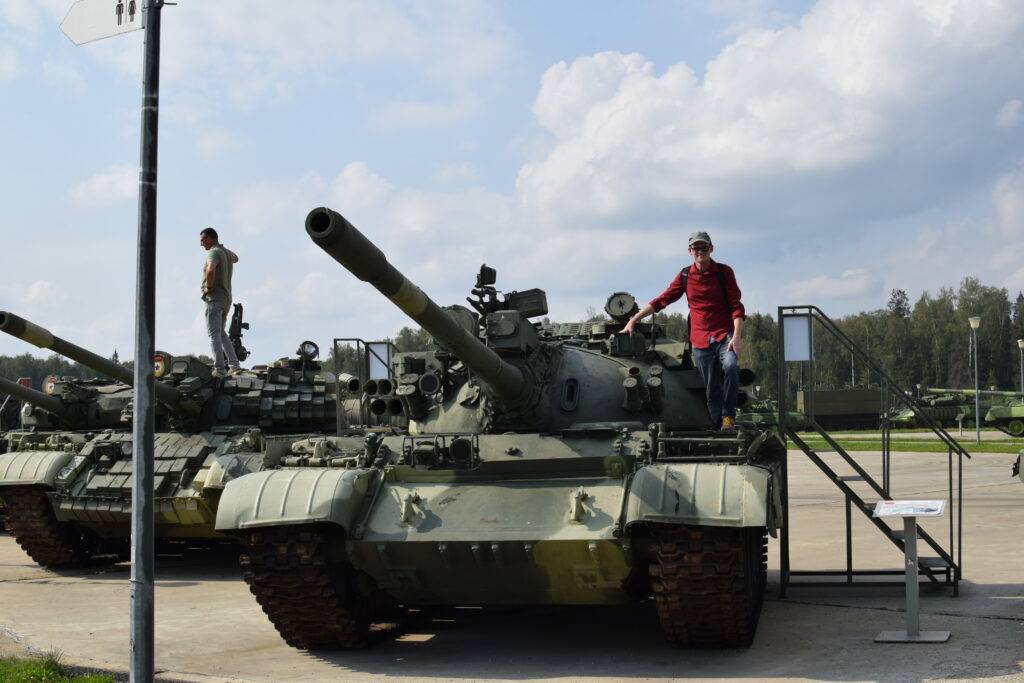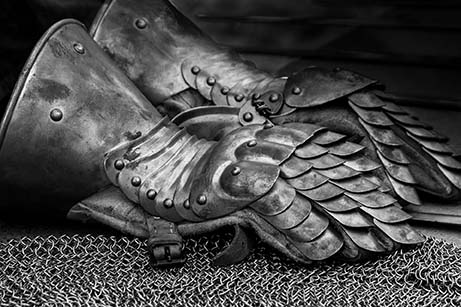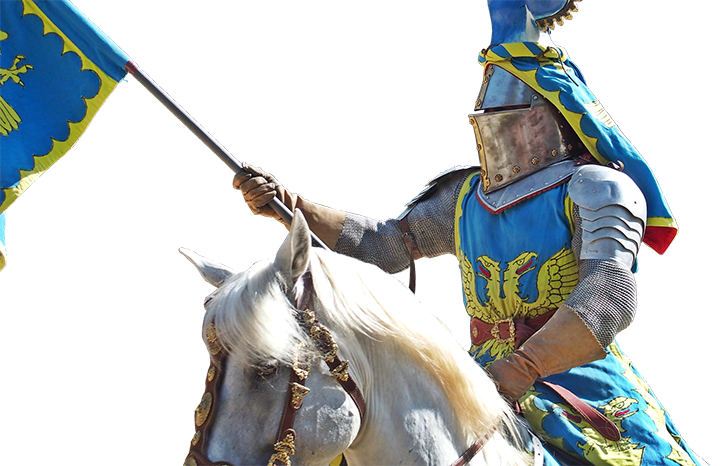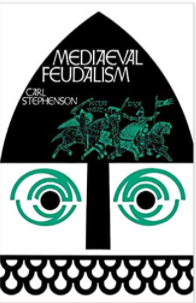Carl Stephenson paints a beautiful and easy to digest picture of life in a traditional feudal society during the Early and High Middle Ages. That’s what makes this book so important. To understand the hierarchy and power structure of the modern capitalist world, it is important to understand feudalism. This actually isn’t as difficult as it sounds, because the two systems are basically identical.
This is a book review of Medieval Feudalism that originally appeared in my post There is no war on men.
In the past thousand years, the world has changed tremendously. Thanks to the tireless work and sacrifices of past generations, we’ve gained so much, from running water, modern medicine, and many other things too numerous to list. And yet, in some ways, perhaps the most important ways, the world has hardly changed at all. The hierarchy that dictates the social station of every man, woman, and child has shifted less than Stone Hedge.
Yet feudal leaders were very progressive and had a modern grasp of freedom exactly the same as today. A medieval serf was “free” because he owned a strip of land the size of a driveway and a cow. A modern American is “free” because he owns a condo the size of a driveway and a car. The serf’s rulers might take his cow and ruin his life. Our rulers might decide to take the American’s car and ruin his life. Progress.
Interestingly, there was one key difference between feudal knights and modern corporate leaders. Knights liked to fight and kill each other a lot. This sounds like a wonderful tradition and it should be reinstated, effective immediately.
Even the institutions haven’t changed much. Enamored by the promise of eternal riches, people went to mass and threw coins, often the only coins they had, into the collection plate. Today, a thousand years later, we still have a church. It’s called a “stock market,” and priests are called “economists.” Will our God the squiggly line be pleased, or will he be angry? Nobody knows because it’s more random than throwing chips at the roulette table while blindfolded.
It’s still important to guess best as we can, because the squiggly line is literally the only deciding factor for if we make lots of money today, or if we have to fight each other and kill millions. It might not make sense to the common soldier why we have to kill millions today, but there is no why. We just have to. The squiggly line commands it. And it’s also wrong to suggest it’s pointless. You see, if we kill more people than the enemy, our squiggly line goes up and theirs goes down. Such is the wisdom of the squiggly line. About five or six people make hundreds of billions of dollars from the war, but we assure you that there is no ulterior motive for this blood sacrifice.
Other things have improved too. Medieval Kings based their currencies on gold. Today, we are wiser and base our currency on the promise that we could exchange it for gold if asked. Of course, we wouldn’t, but we could. Also, if we run out of money we can just make more. Why not just always make more money? Because we first have to borrow the money from ourselves and then make it. If it’s so easy then why do we still have poor people? It’s too complicated for you to understand. What if we run out of the magic printed money, or accidentally make too much of it? That’s not a problem. No one panics, everyone remains perfectly calm, then we elect Hitler.
Now back to work before the Amazon predator drone notices you haven’t moved any boxes for 32.5 seconds. (Yes, I did just advertise an Amazon book for commission and in the same breath joke that they murder their own employees with hellfire missiles. The irony isn’t lost on me.)
Medieval Feudalism
by Carl Stephenson
Ian Kummer

All text in Reading Junkie posts are free to share or republish without permission, and I highly encourage my fellow bloggers to do so. Please be courteous and link back to the original.
I now have a new YouTube channel that I will use to upload videos from my travels around Russia. Expect new content there soon. Please give me a follow here.
Also feel free to connect with me on Quora (I sometimes share unique articles there).






Thanks for reintroducing the work of this great American historian. I want to mention something that is often not mentioned in history. Europe’s two great influences are Roman Empire and the Germanic Tribes that defeated the Romans and settled in Western Europe. Recent research has revealed that they moved west from the Nordic region because of climate change which caused drought.
See:
https://www.nature.com/articles/s41598-017-01289-z?WT.feed_name=subjects_palaeoclimate
Changes in North Atlantic Oscillation drove Population Migrations and the Collapse of the Western Roman Empire
The financial aspect is Roman and the democratic aspect is Germanic. The two influences collided when the Germanics took over western Roman Empire’s territory. The Germanic had tradition of common land ownership and town meeting form of local government, which the British pilgrims brought with them when they settled in New England, because they were descendants of the Germanic tribes that settled in England and replaced the Romans after they fled to defend Rome from Germanic attacks. Switzerland still mostly follows town meeting form of self government at local level.
I think the serfs developed due to population growth that made common land ownership became difficult. Smaller plots created more financial vulnerability and the rise of the feudal lord who likely had the capital. In India today there is a growing landless farmer population as plots get smaller while rural population grows. Current Govt is proposing changes that it claims will make these farmers more productive by bringing in corporate customers! Farmers are resisting this vehemently! Do read articles about their protests.
The Germanics were great fighters. The Vikings also were Germanic. Research has revealed that development has persisted along Roman Roads.
https://voxeu.org/article/roman-roads-and-persistence-development
On Roman roads and the sources of persistence and non-persistence in development
The MENA region didn’t maintain the Roman roads, so development didn’t persist there even though Eastern Roman Empire was richer and more urban than the western one and lasted a 1000 years longer. The plague reduced labor and gave rise to rising wages and also industrial revolution.
http://glineq.blogspot.com/2015/01/can-black-death-explain-industrial.html
https://www.weforum.org/agenda/2014/06/black-death-teaches-development/
Thanks for reintroducing the work of this great American historian. I want to mention something that is often not mentioned in history. Europe's two great influences are Roman Empire and the Germanic Tribes that defeated the Romans and settled in Western Europe. Recent research has revealed that they moved west from the Nordic region because of climate change which caused drought. See: https://www.nature.com/articles/s41598-017-01289-z?WT.feed_name=subjects_palaeoclimate Changes in North Atlantic Oscillation drove Population Migrations and the Collapse of the Western Roman Empire The financial aspect is Roman and the democratic aspect is Germanic. The two influences collided when the Germanics took over western Roman Empire's territory. The Germanic had tradition of common land ownership and town meeting form of local government, which the British pilgrims brought with them when they settled in New England, because they were descendants of the Germanic tribes that settled in England and replaced the Romans after they fled to defend Rome from Germanic attacks. Switzerland still mostly follows town meeting form of self government at local level. I think the serfs developed due to population growth that made common land ownership became difficult. Smaller plots created more financial vulnerability and the rise of the feudal lord who likely had the capital. In India today there is a growing landless farmer population as plots get smaller while rural population grows. Current Govt is proposing changes that it claims will make these farmers more productive by bringing in corporate customers! Farmers are resisting this vehemently! Do read articles about their protests. The Germanics were great fighters. The Vikings also were Germanic. Research has revealed that development has persisted along Roman Roads. https://voxeu.org/article/roman-roads-and-persistence-development On Roman roads and the sources of persistence and non-persistence in development The MENA region didn't maintain the Roman roads, so development didn't persist there even though Eastern Roman Empire was richer and more urban than the western one and lasted a 1000 years longer. The plague reduced labor and gave rise to rising wages and also industrial revolution. http://glineq.blogspot.com/2015/01/can-black-death-explain-industrial.html https://www.weforum.org/agenda/2014/06/black-death-teaches-development/